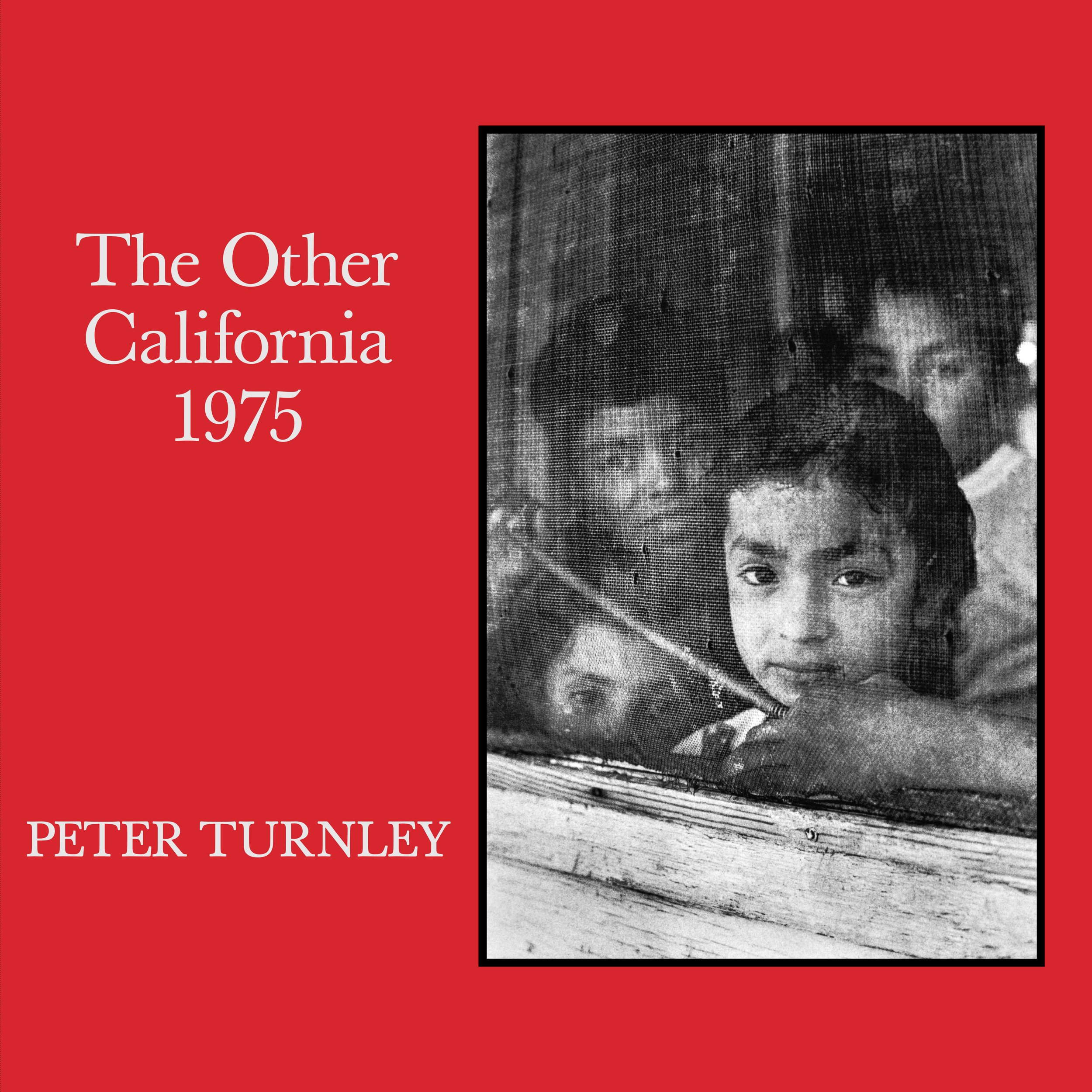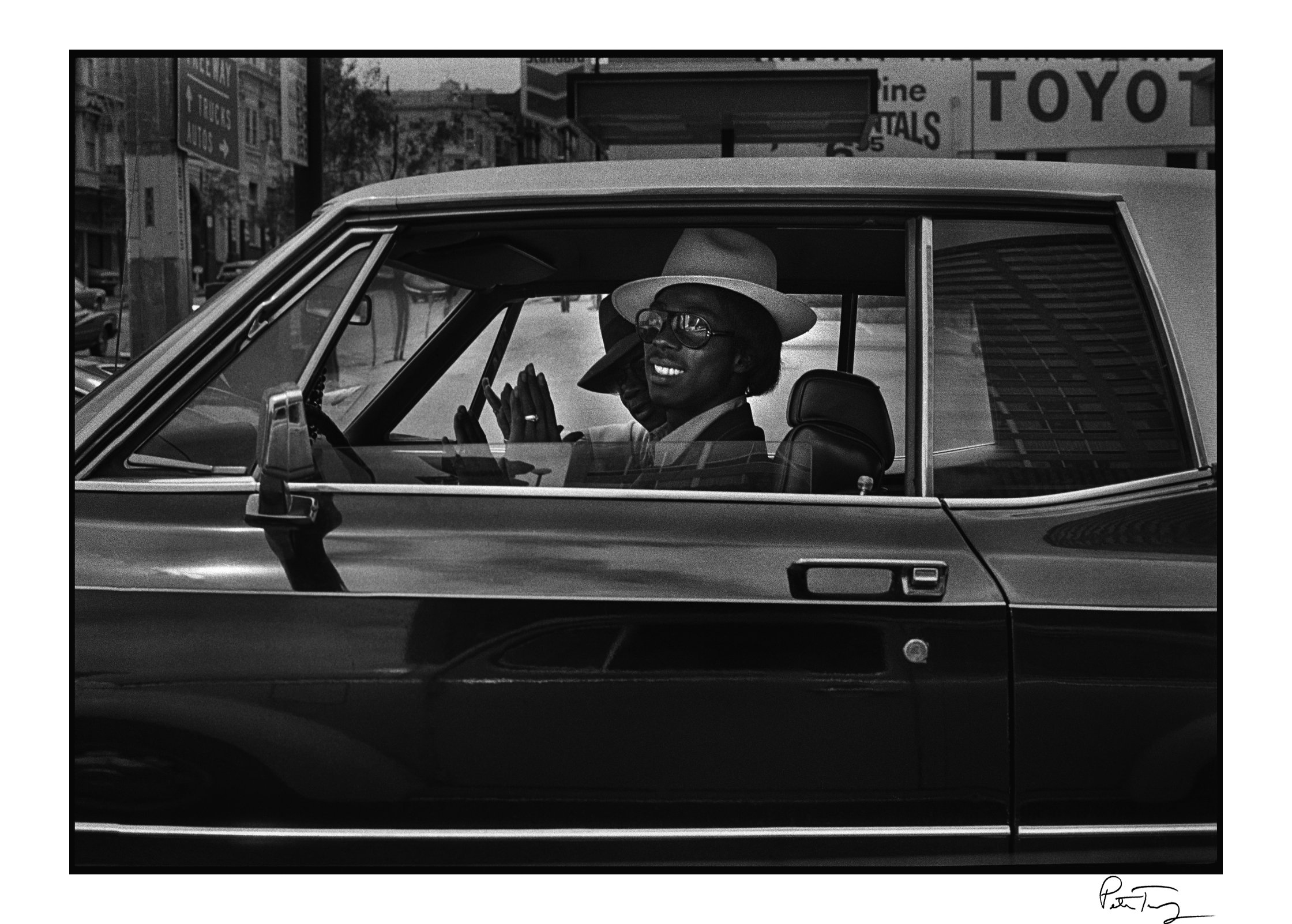The Other California 1975
A Limited-Edition book—every copy will be signed.
See book description text below
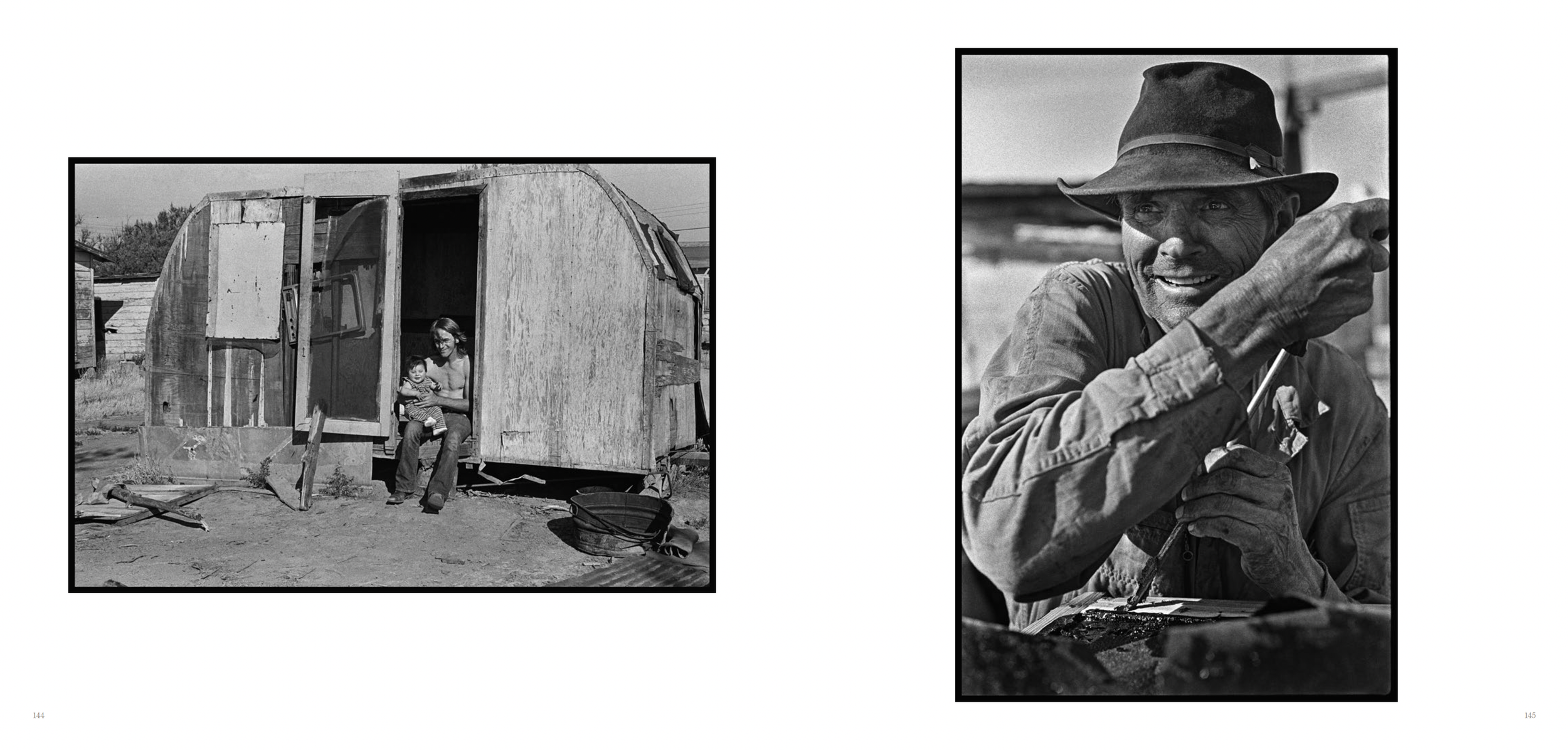
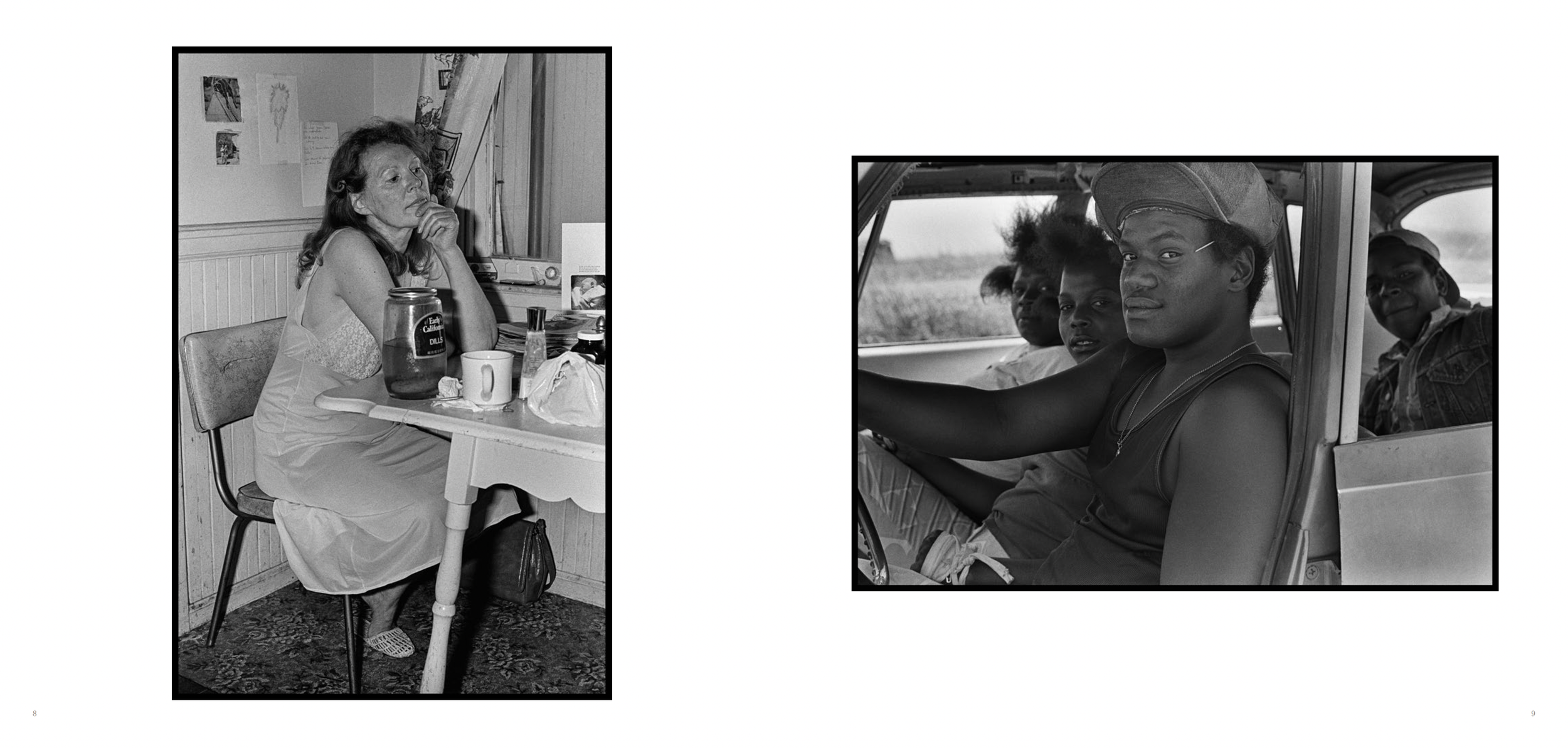

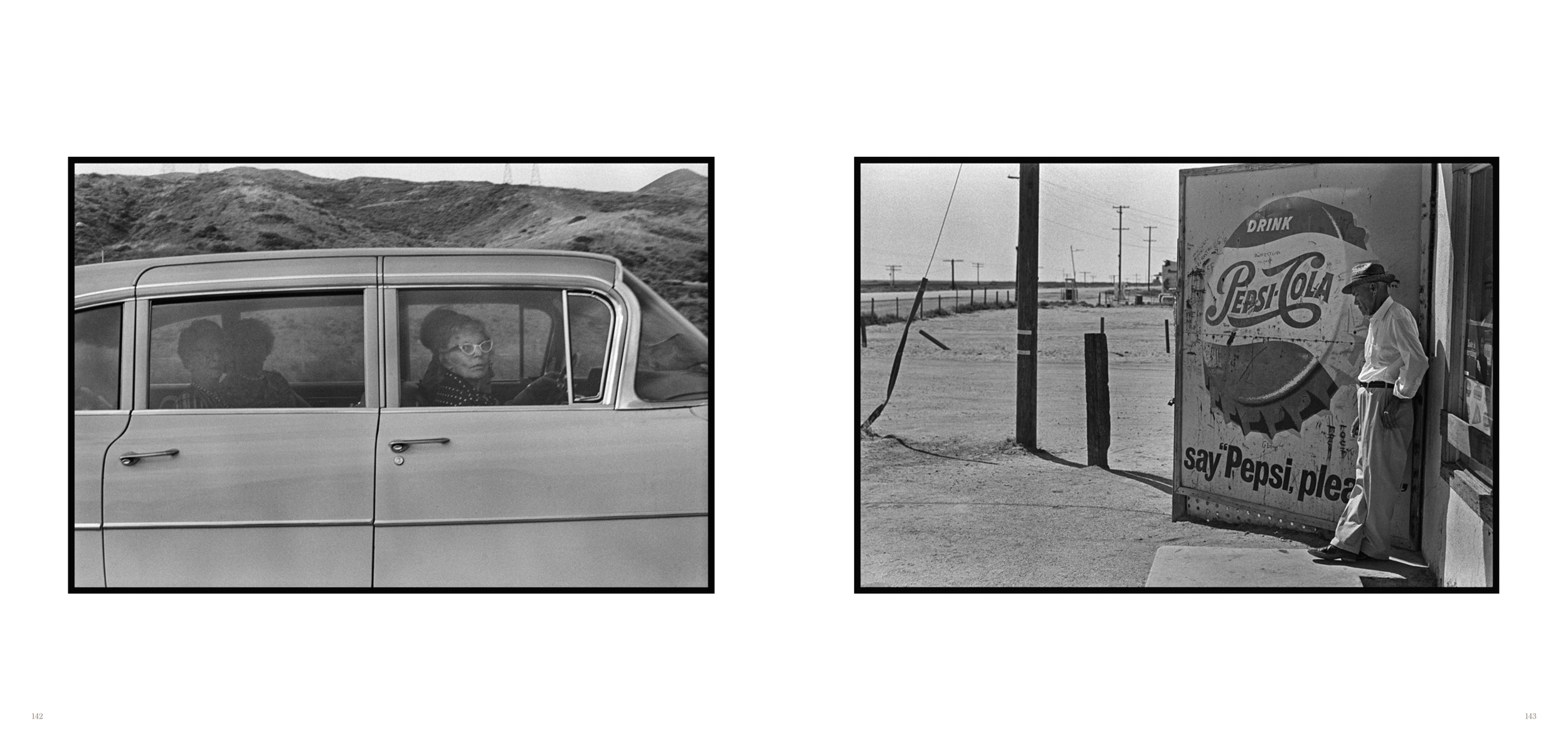
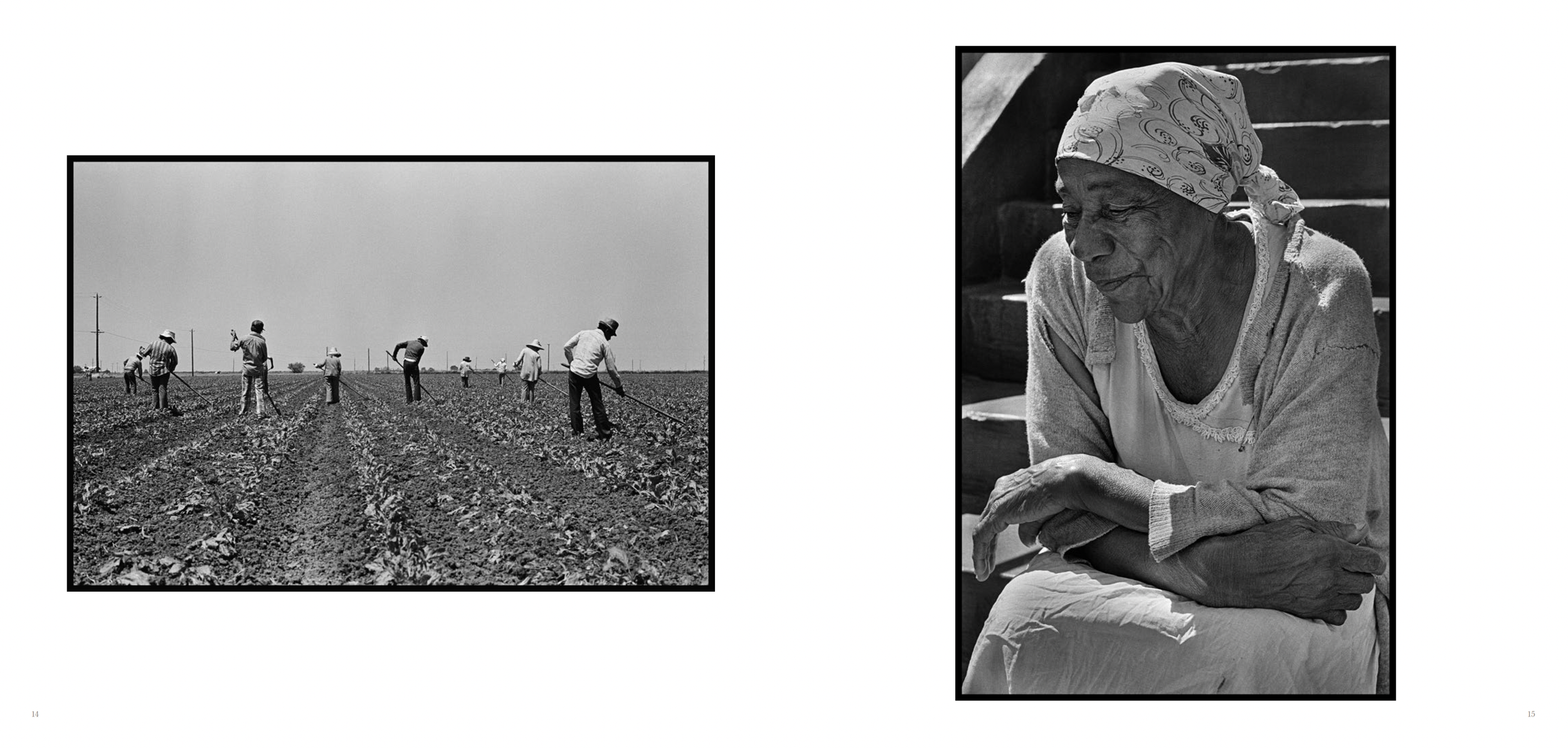
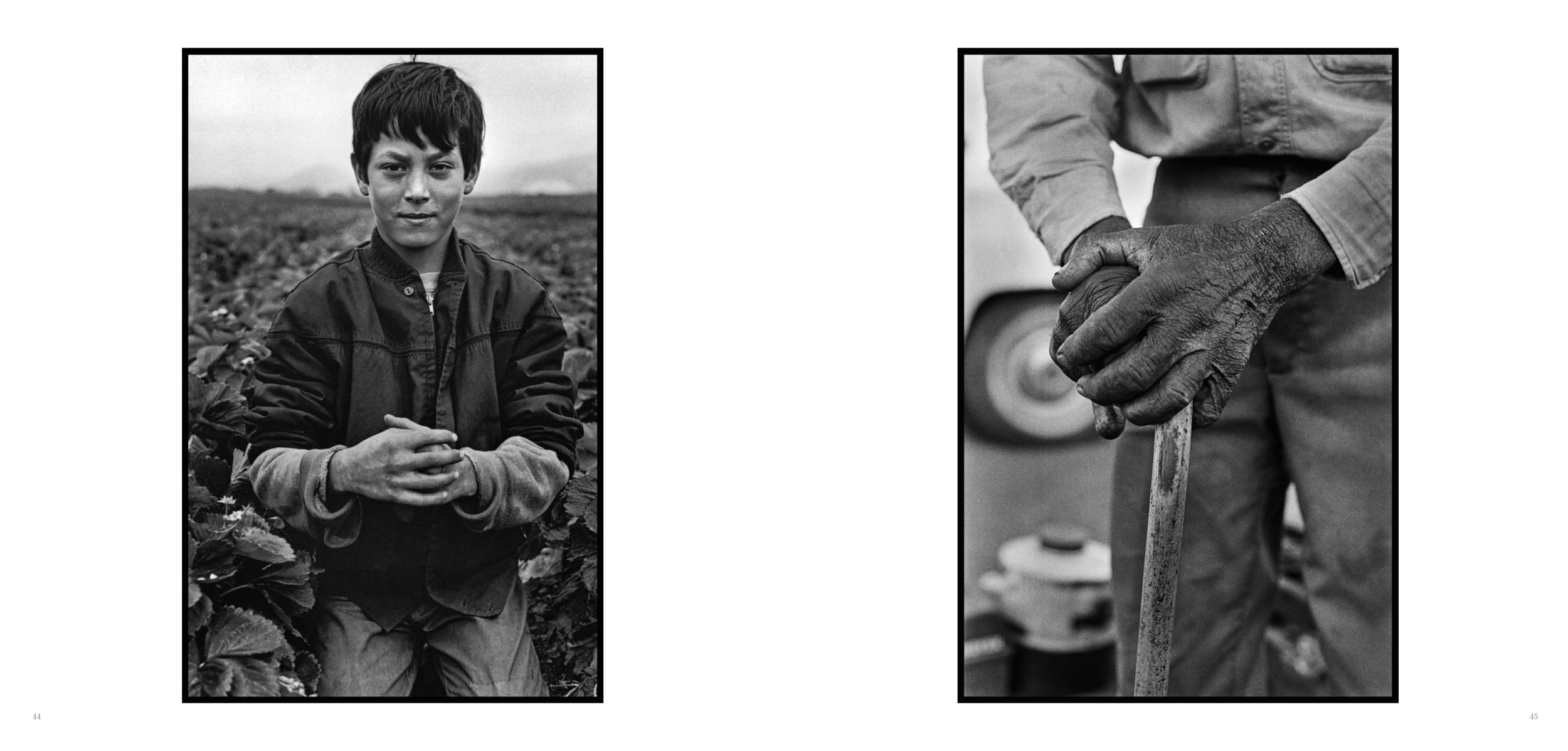
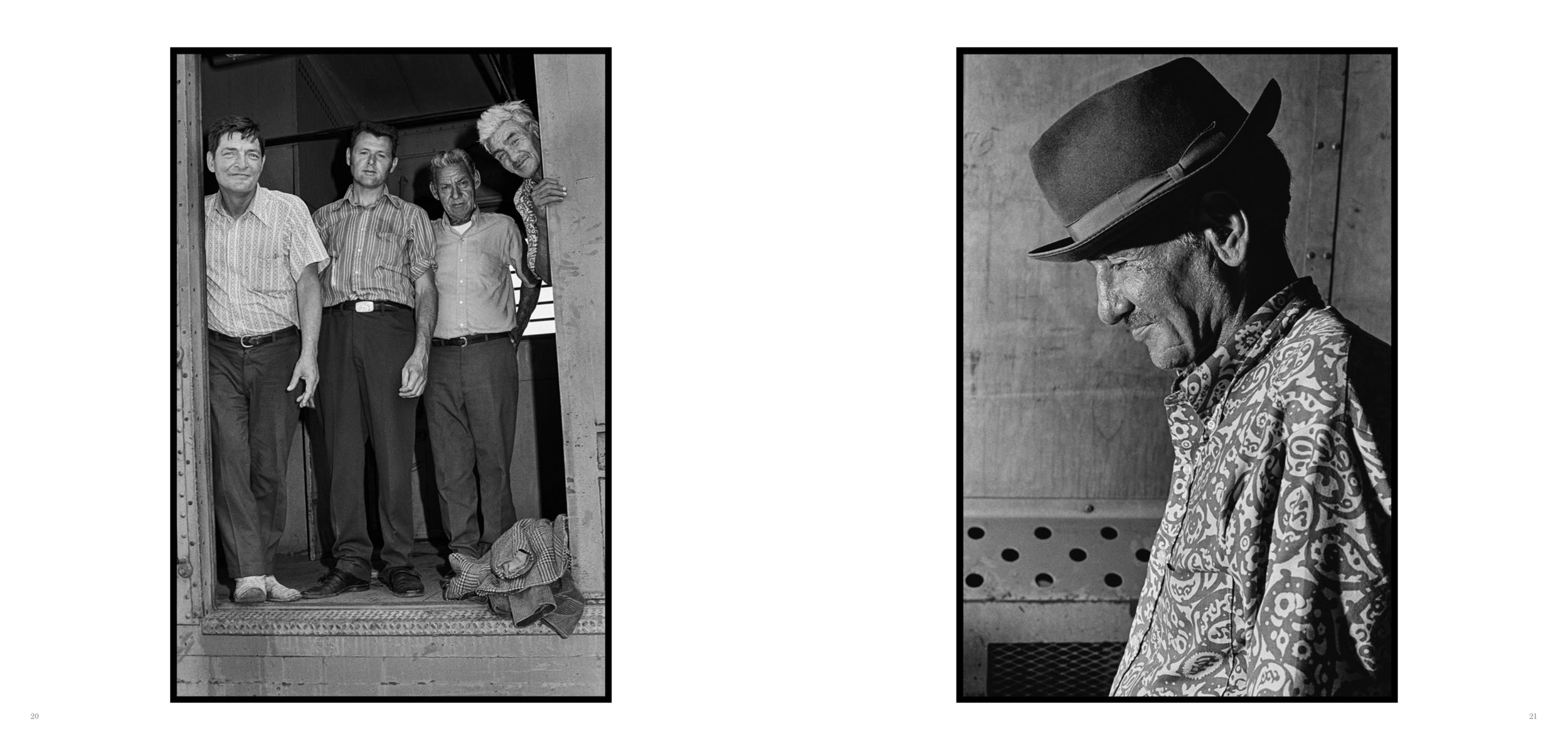
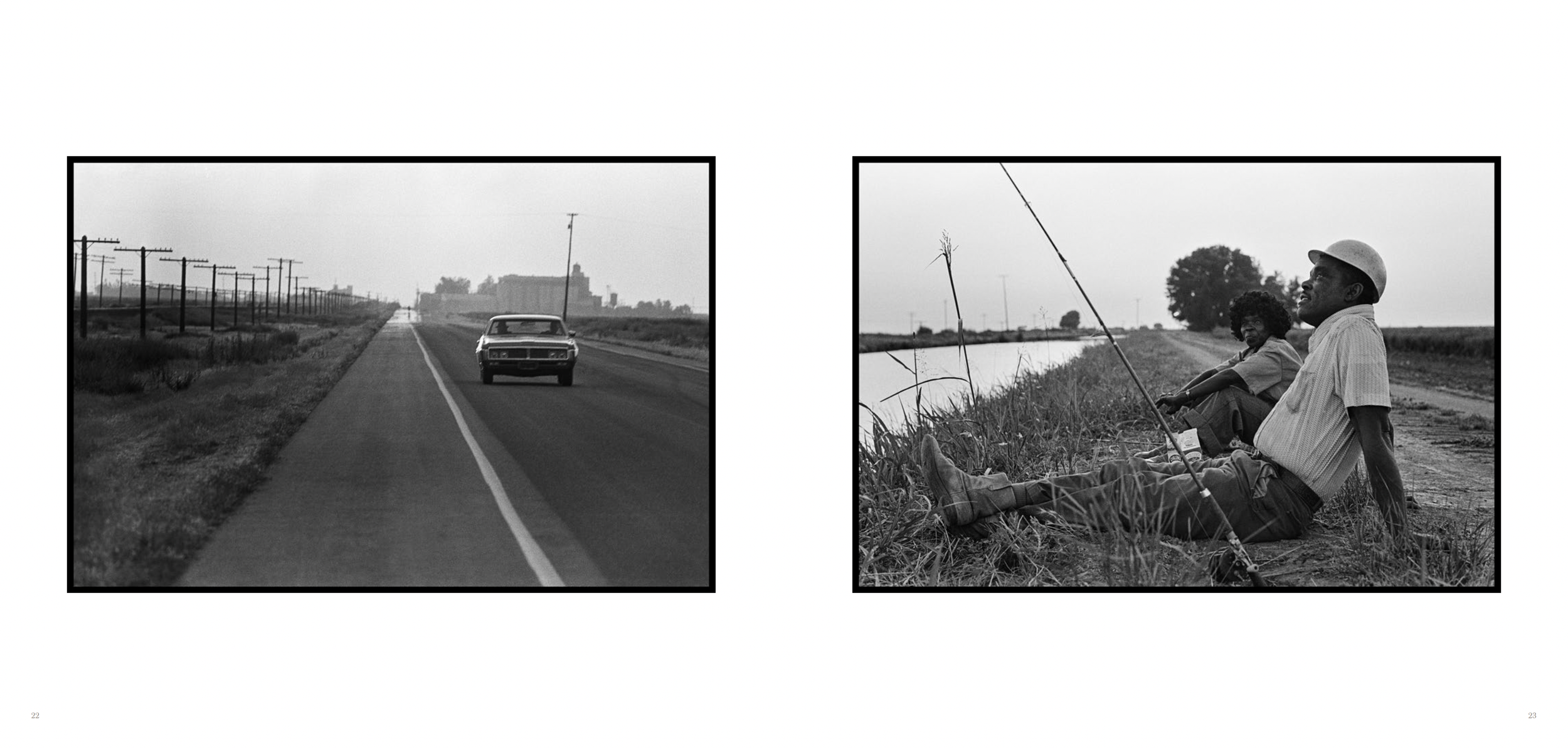
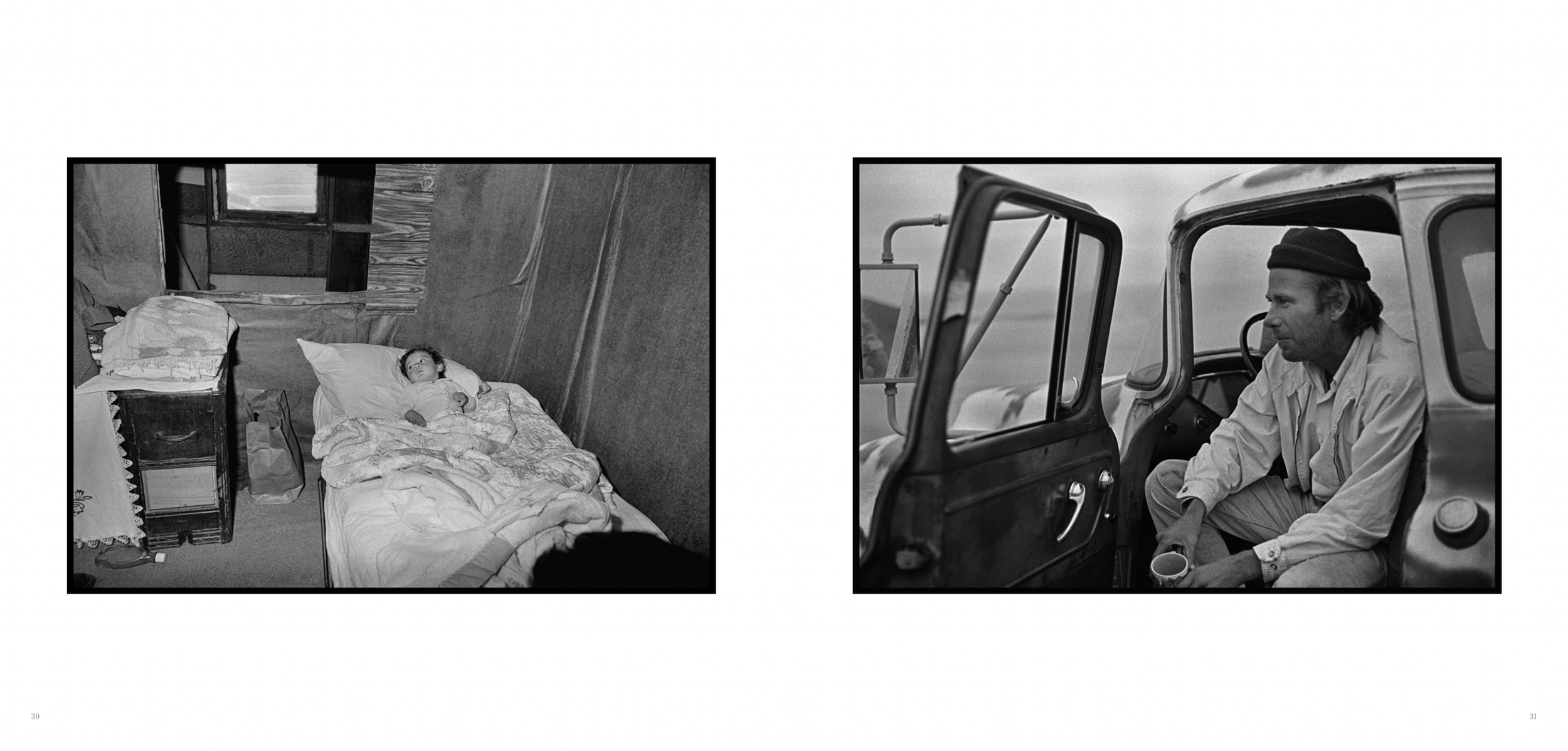
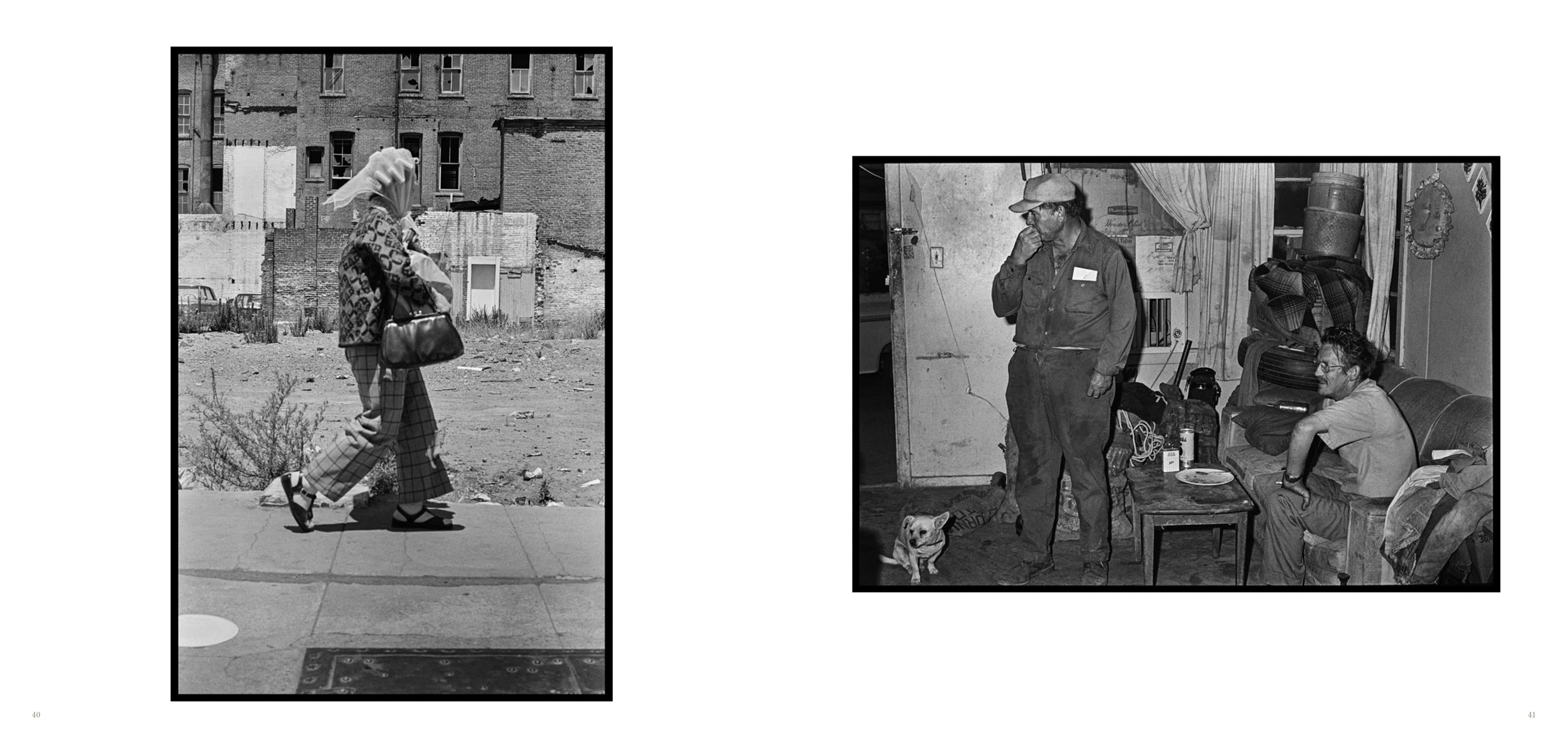
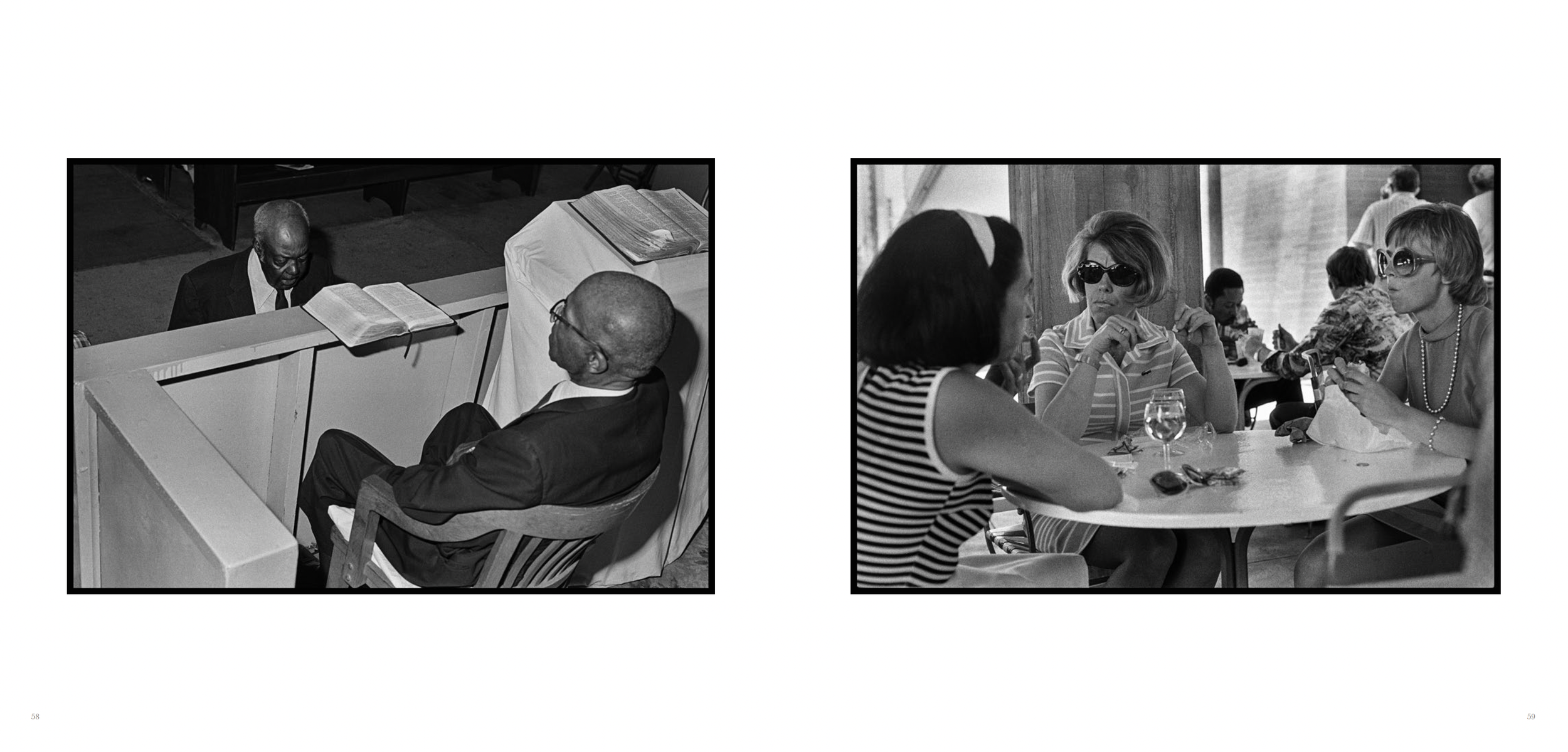
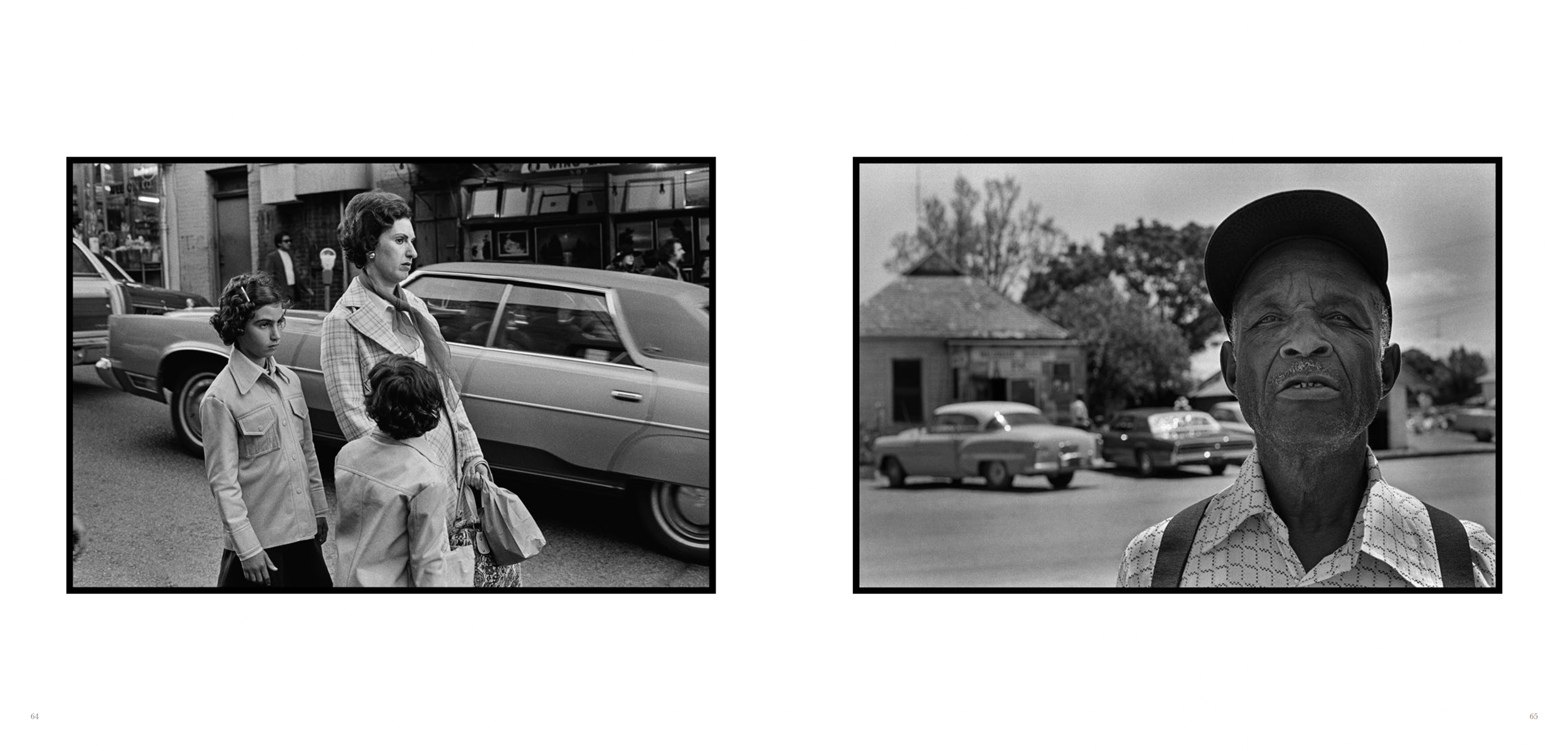

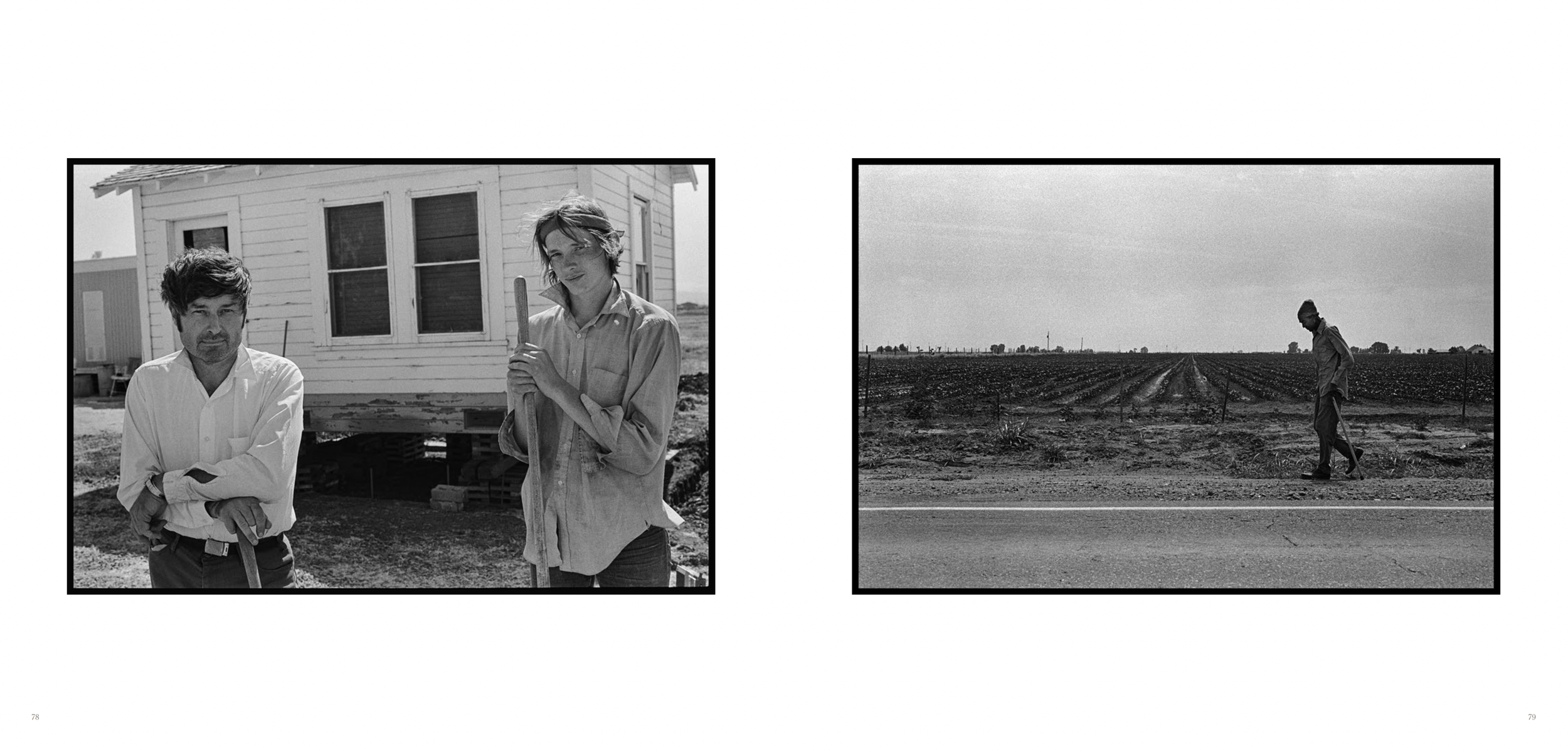
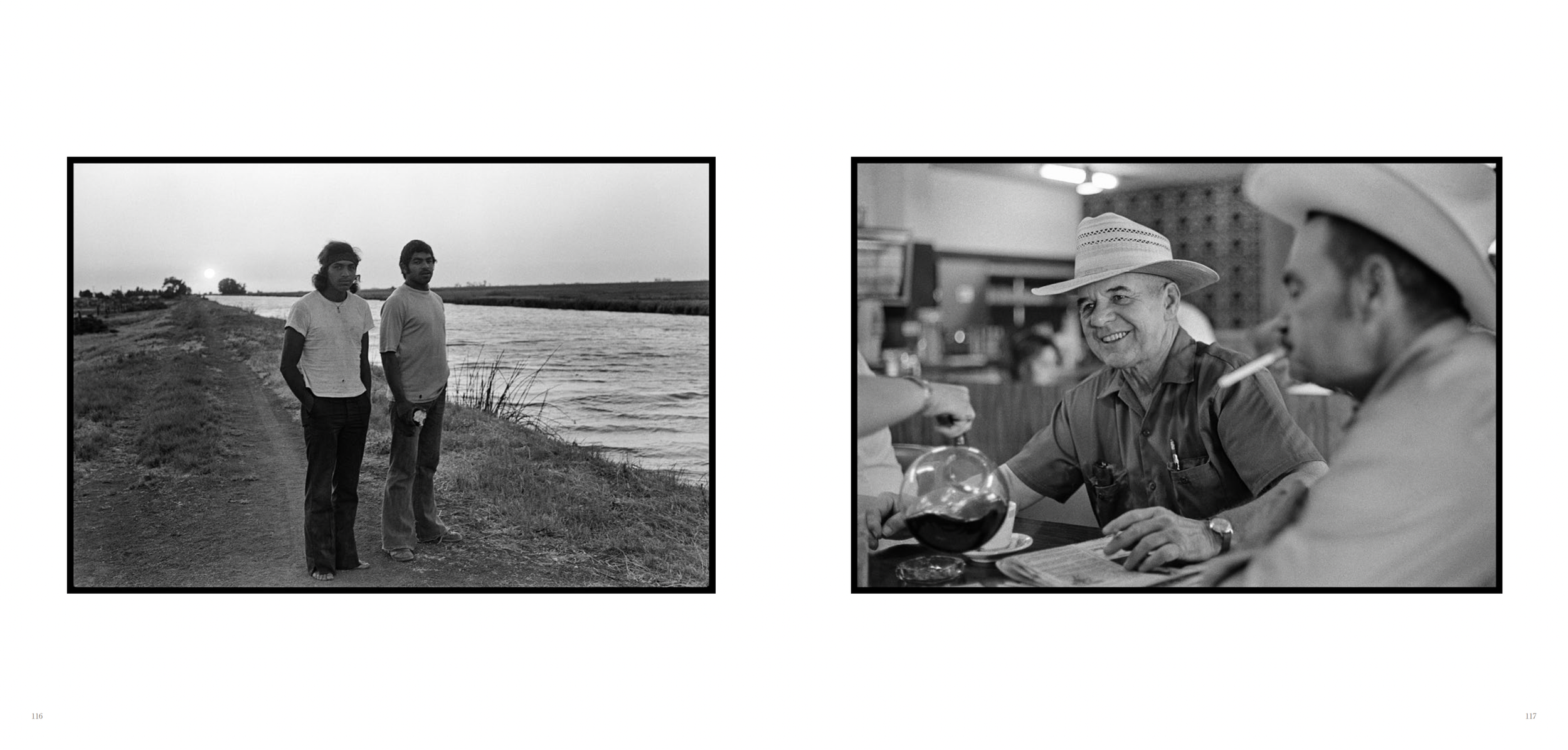
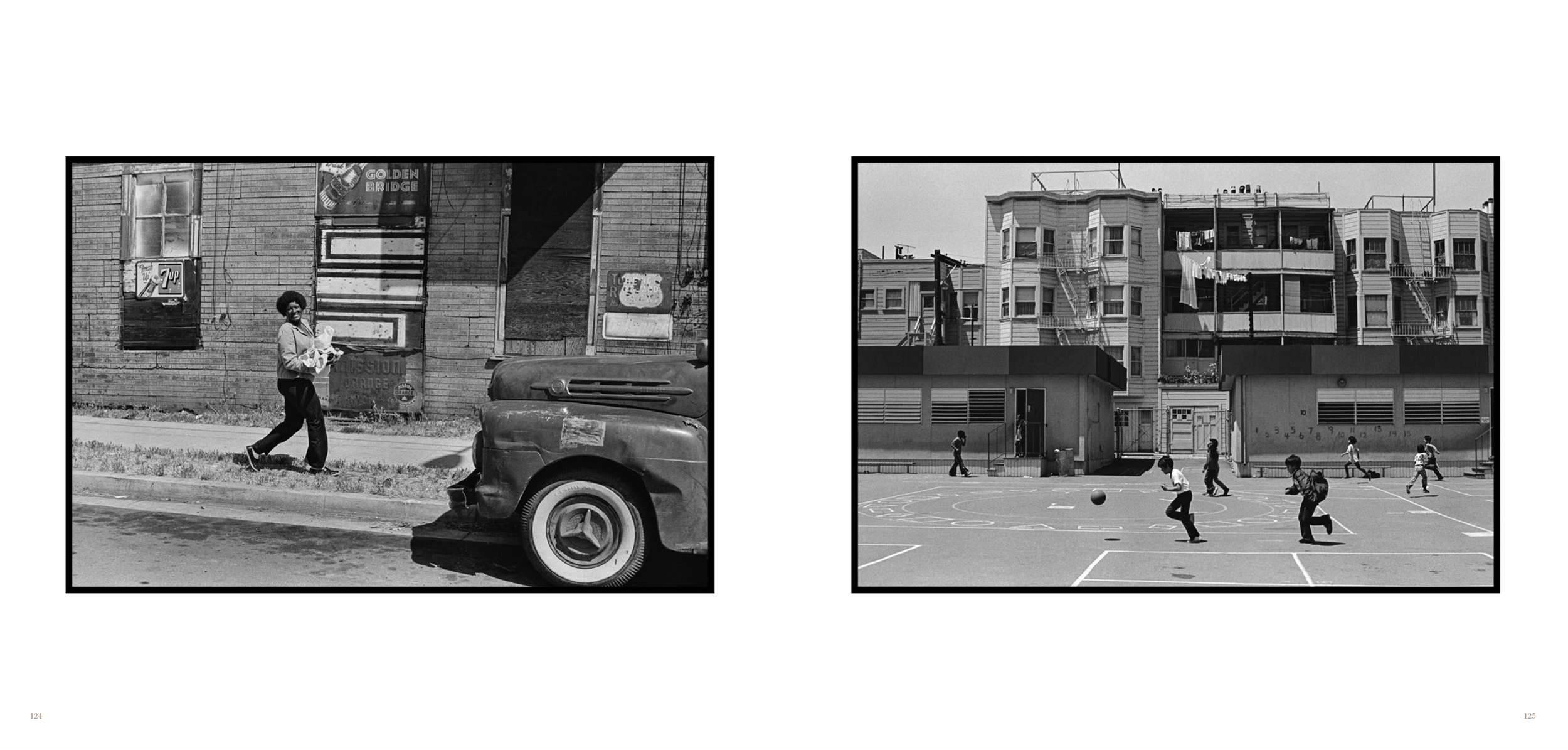

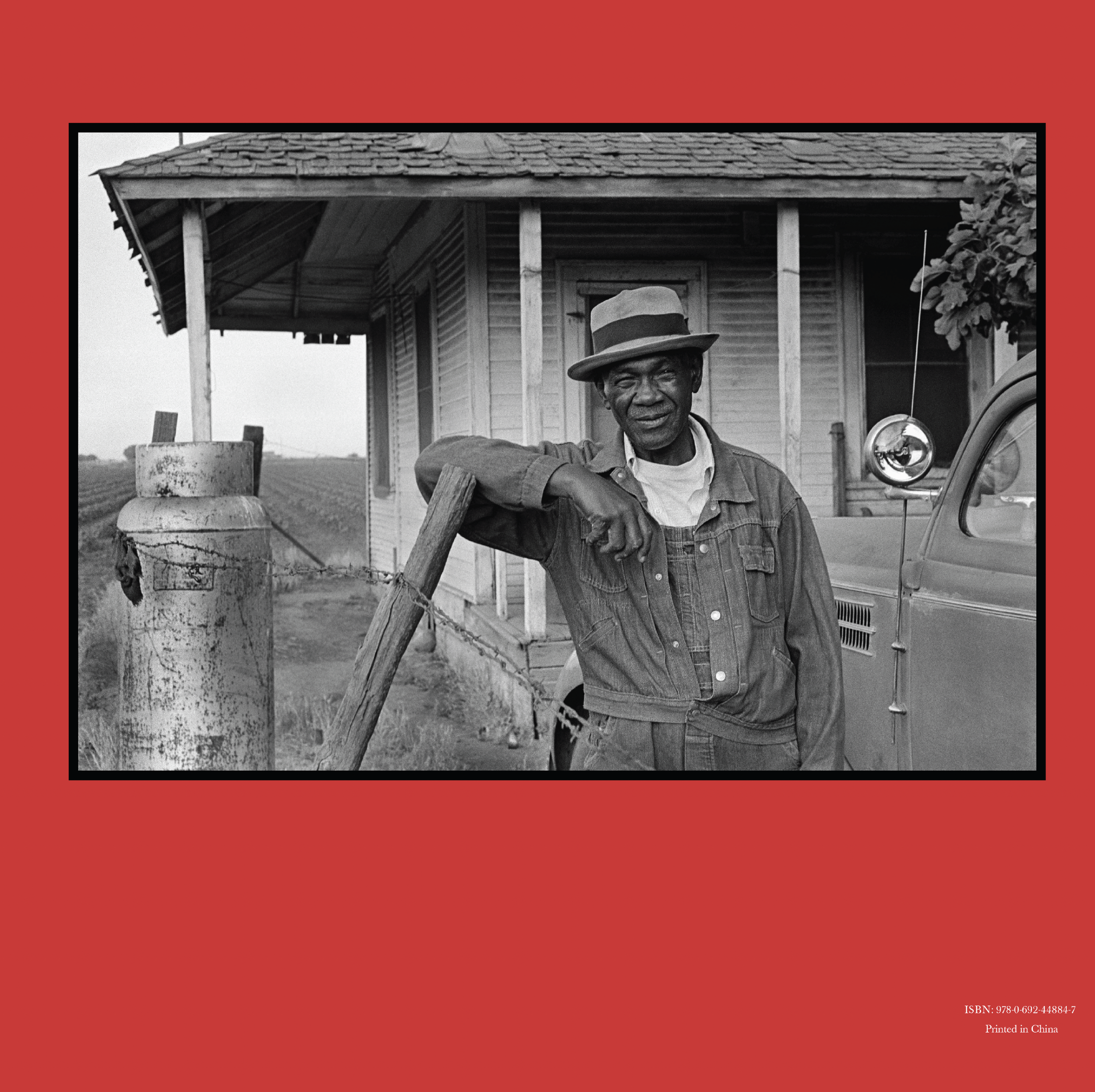
Specifications
Soft-cover with flaps in the great Franco-American tradition of book publishing.
146 pages
140 photographs
14.2 inches x 13.6 inches x .8 inch.
Shipping
Shipping worldwide.
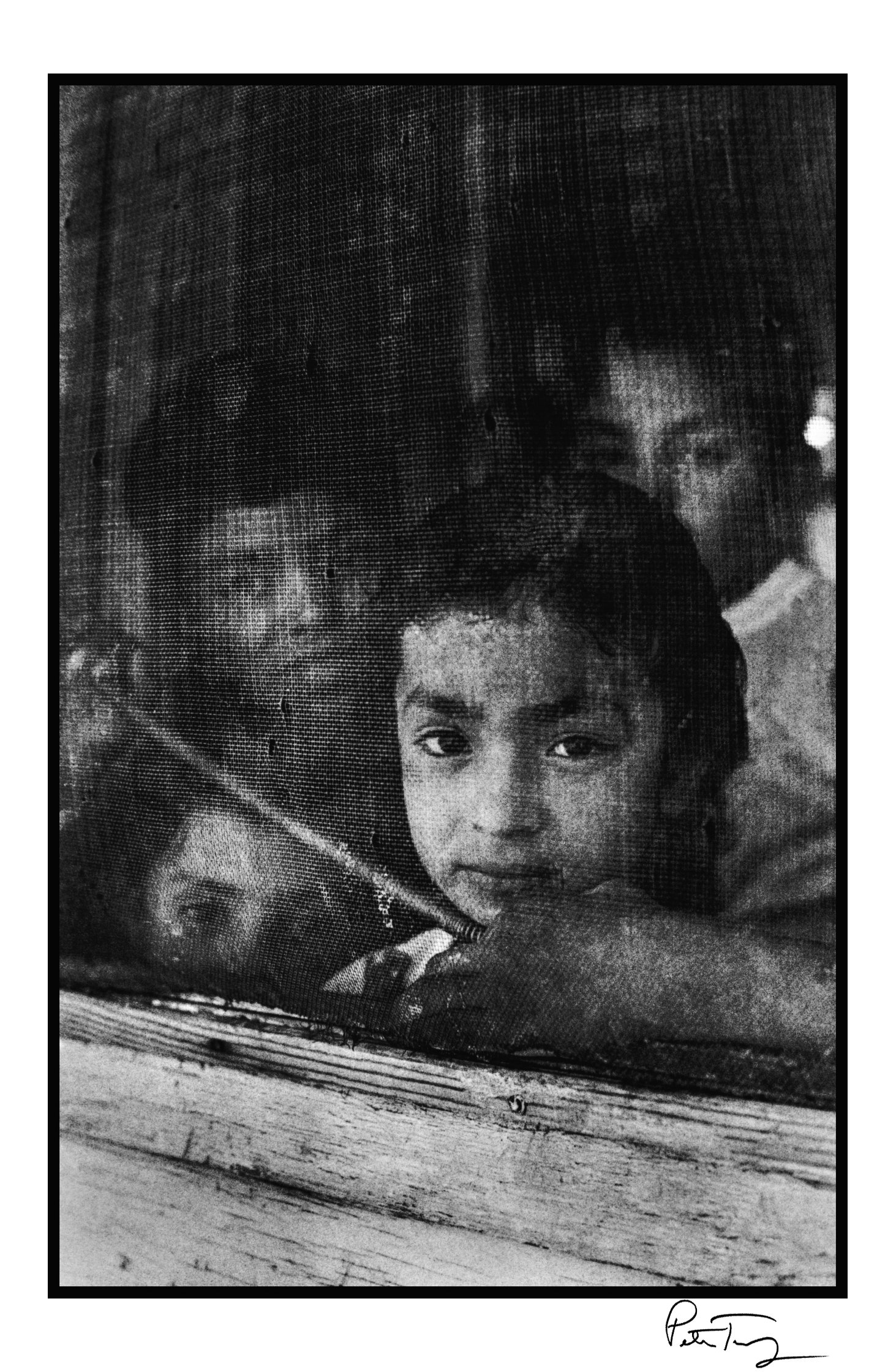
ID 1 - Four Children near Death Valley, California.
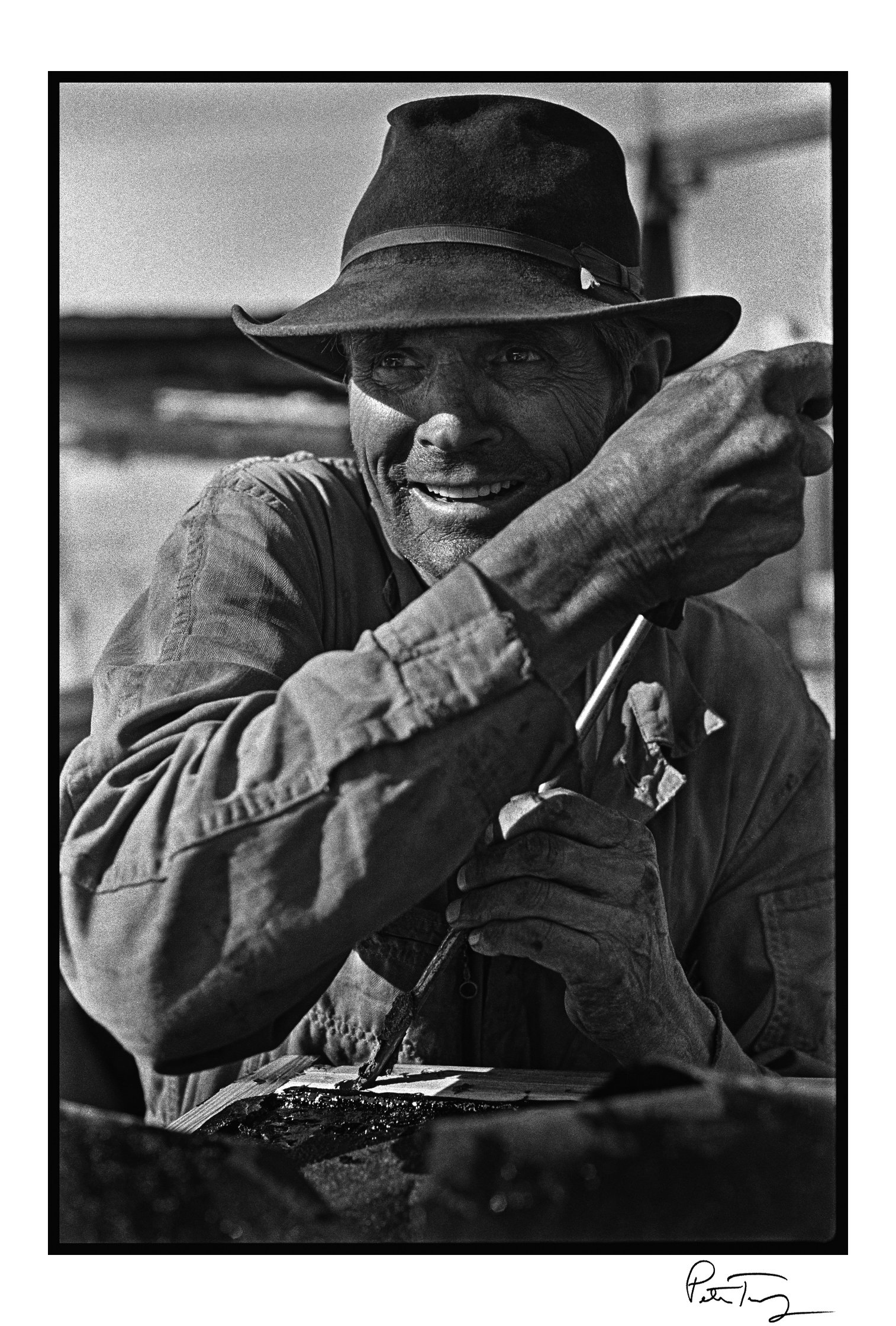
ID 2 - Worker. San Joaquin Valley, California.
Fifty years ago, at the age of twenty, Peter Turnley was commissioned by the California Office of Economic Opportunity to make a four-month road trip through America’s largest agricultural and rural state to make a photo documentary about the working class and poor. This was a time when California was too often represented only by the stereotypical imagery of its beautiful coastline, surfers, blondes, Hollywood, sunny skies, and glamour.
Turnley’s newest book, The Other California, 1975, is an astonishing and invaluable visual time capsule of the realities of life in California and the United States.
This never-before-seen photographic document and road trip was inspired in part by the traditions of visual expression of the FSA (Farm Security Adminstration) by photographers such as Dorothea Lange and Arthur Rothstein from the 1940s.
The Other California, 1975 is a powerful photographic equivalent of The Grapes of Wrath, revealing the realities of the other California, not its idealized version.
This is a book of photographs of the life of the Central valley, Fresno, Modesto, Bakersfield, Stockton, Sacramento, Delano, Dos Palos. It is also a portrait of life in California’s largest cities, Los Angeles, San Francisco, Oakland, and San Diego, and in their local neighborhoods, Watts, Hunters Point–Bay View, and the Tenderloin.
During the four months Turnley traversed the state, his travels took him to areas near Death Valley and to the San Diego–Tijuana metropolitan area as well.
Turnley spent much time with migrant workers and documented their working and living conditions. He photographed hobos who rode in train boxcars throughout the state in search of work. He documented the life of a woman who sold her blood daily just to pay her bills. The people and places Turnley photographed were in the countryside, big cities, and every corner of the state.
As Turnley has said, “The photographs in this book are among the most important I have ever made—yet most have never been seen. It is never too late to share a vision of the world; this book at last presents the opportunity to share moments of lives that deserve to be seen and considered.”
